Welcome!
This guide will provide methods for cleaning Furniture Grade PVC pipe as well as plumbing-grade PVC pipe for use in your projects.
What is the best way to clean PVC pipe & fittings?
If we can't answer your questions here, don't hesitate to contact our support team via our Contact Us page. We'll be glad to help.
Cleaning PVC Pipe & Fittings Summary
- The first relates to cleaning Furniture Grade PVC Pipe. This could be necessary, such as purchasing closeout PVC pipe that needs refurbishing, damaged pipe, or simply maintaining your PVC pipe structures.
- The second scenario focuses on cleaning plumbing-grade PVC pipe for use with FORMUFIT PVC fittings within your project. This cost-effective option of utilizing readily available and dimensionally compatible plumbing-grade PVC pipe from their local store comes with challenges, including ink, grease and dirt accumulation.
Safety First

Important!
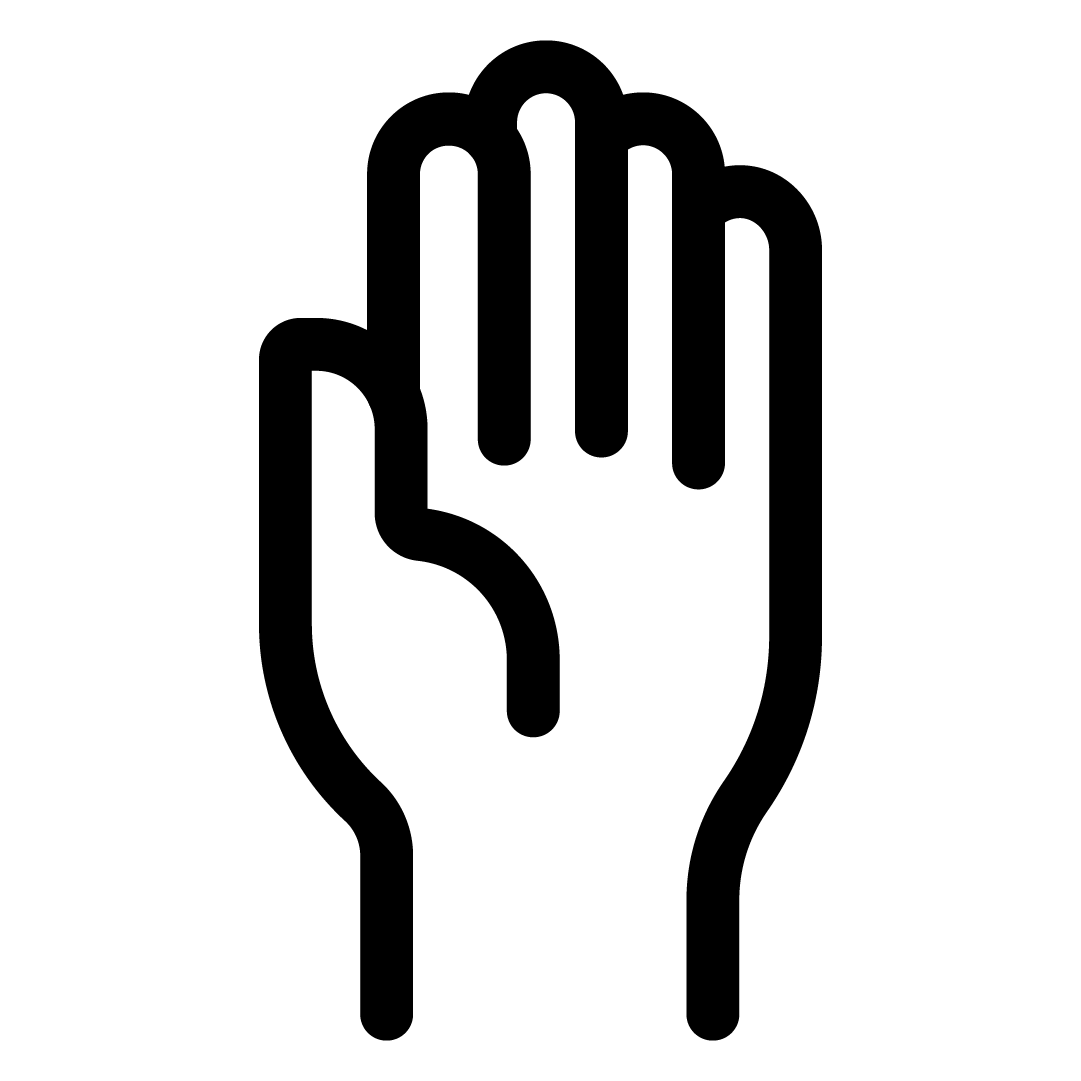
Hands

Eyes

Lungs
PVC Cleaning Methods
Cleaning methods that apply to Furniture Grade PVC Pipe and Fittings are marked as FG, and cleaning methods that apply to plumbing-grade PVC pipe are marked as PG.

General PVC Cleaning

Sanding PVC Pipe to Remove Markings

Using Acetone to Remove PVC Markings

Polish PVC Pipe to Remove Scratches

Removing Stickers and Labels
General PVC Cleaning
During storage or setup, PVC pipes and fittings may gather dirt, dust, and grime. Special cleaners aren't required to remove these loose impurities from PVC. Readily available cleaners, like window or all-purpose cleaning agents, will work effectively.
General Cleaning Steps
Apply Household Spray Cleaner
Spray the pipe with a household cleaner, such as Windex™, or another all-purpose cleaner, such as 409™. Allow the cleaner to soak on the surface of the pipe.

Scrub the PVC Surface
If necessary, while the cleaner is soaking on the surface of the pipe and fittings, scrub any tight areas with a soft bristle brush, such as a toothbrush, to loosen any dirt in notches or indentations.

Wipe to Clean
Wipe down the entire structure or pipe and fitting elements with a soft, lint-free cloth, such as microfiber or terrycloth. Repeat steps 1 and 2 as necessary.




Remove Markings by Sanding
⚠️ WARNING: This method will remove a small layer of the outer surface of the plumbing-grade PVC pipe and may make the surface uneven or leave 'flat spots'. There may be an obvious appearance difference between where the pipe is sanded, and where it is not.
DO NOT use this method on Furniture Grade PVC.
Plumbing Pipe Sanding Steps
Find a Ventilated Area
For safety, sand PVC outdoors or in a ventilated garage. This process releases particles that can be harmful or irritating to the lungs, making a well-ventilated area essential for reducing health risks during this task.

Sand the Pipe Surface
Use a fine-grit (200-300) sanding pad or sandpaper to gently remove ink and markings from the pipe's surface. Smoothly rub the sandpaper along the printed areas with even strokes, ensuring the unwanted imprints are effectively 'erased.'
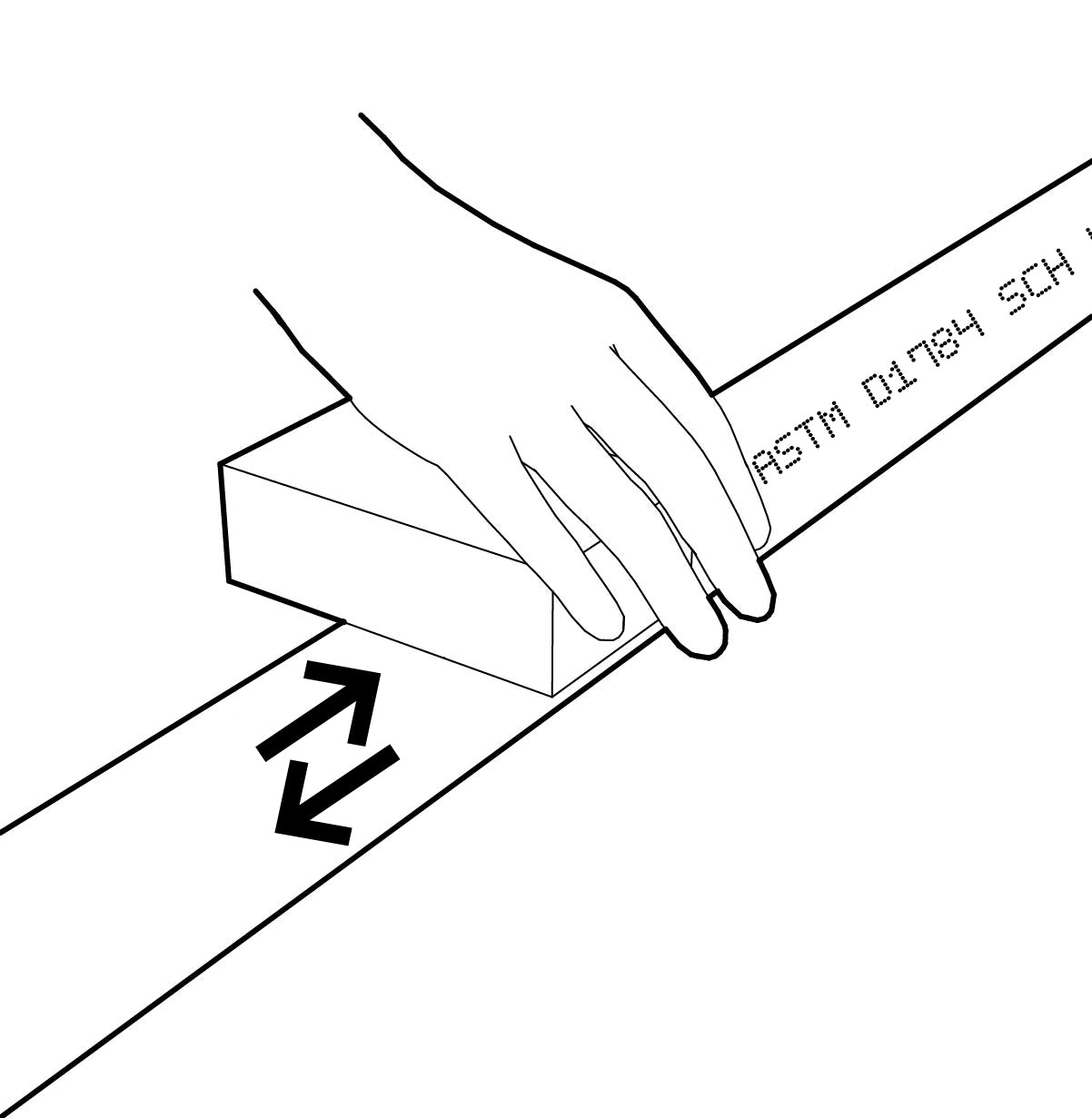
Remove any Residue
Wipe down the PVC pipe segments using a damp cloth or rag to eliminate any residual PVC particles from the surface, ensuring a clean and smooth finish. Ensure no PVC dust remains before moving on to the next piece, making your assembly cleaner.




Remove Markings with Acetone
You can remove manufacturer marks and inks from plumbing-grade PVC Pipe by rubbing the surface of the pipe with acetone.
⚠️ WARNING: This method requires you to work quickly with acetone as it evaporates almost immediately, and you should perform this work in a well-ventilated area.
Plumbing Pipe Acetone Ink Removal Steps
Find a Ventilated Area
Work outdoors or in an open garage. Acetone emits vapors that may be harmful and can cause dizziness or headaches. As a precaution, it is best to use a respirator when working with Acetone.

Wear Gloves
Before you begin, wear gloves when handling acetone. You will want to use heavier, yellow kitchen-style gloves, as the acetone will break down thinner latex or nitrile (blue or black) gloves.

Prepare Acetone
Apply a small amount of acetone onto a steel wool pad or a cloth by tipping the acetone can onto the steel wool. Do not use large amounts of acetone, as it will run down the pipe and cause the ink to streak around the circumference of the pipe.

Rub Acetone on the Pipe
Rapidly work the surface of the PVC pipe in a circular motion with the acetone/steel wool. Concentrate on lettering and bar codes, as the acetone will evaporate quickly. Act very fast as the acetone begins to vaporize once it meets with air.
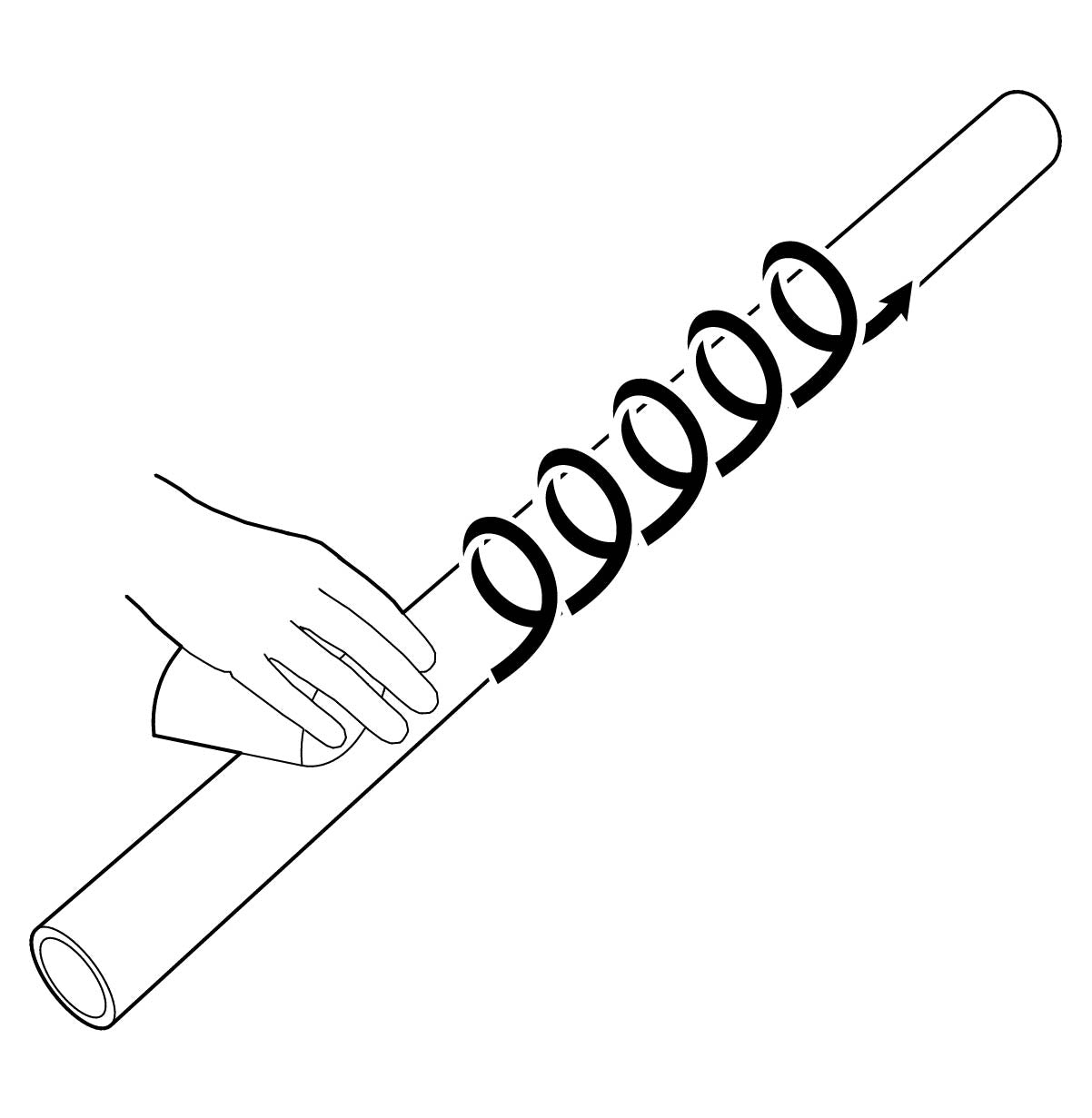
Wipe Away Markings
Working quickly, immediately wipe away the ink and stains in a straight line down the pipe with a clean cloth rag until they disappear. If the markings still appear, allow the ink to dry again for three (3) minutes, then repeat steps 4 and 5.
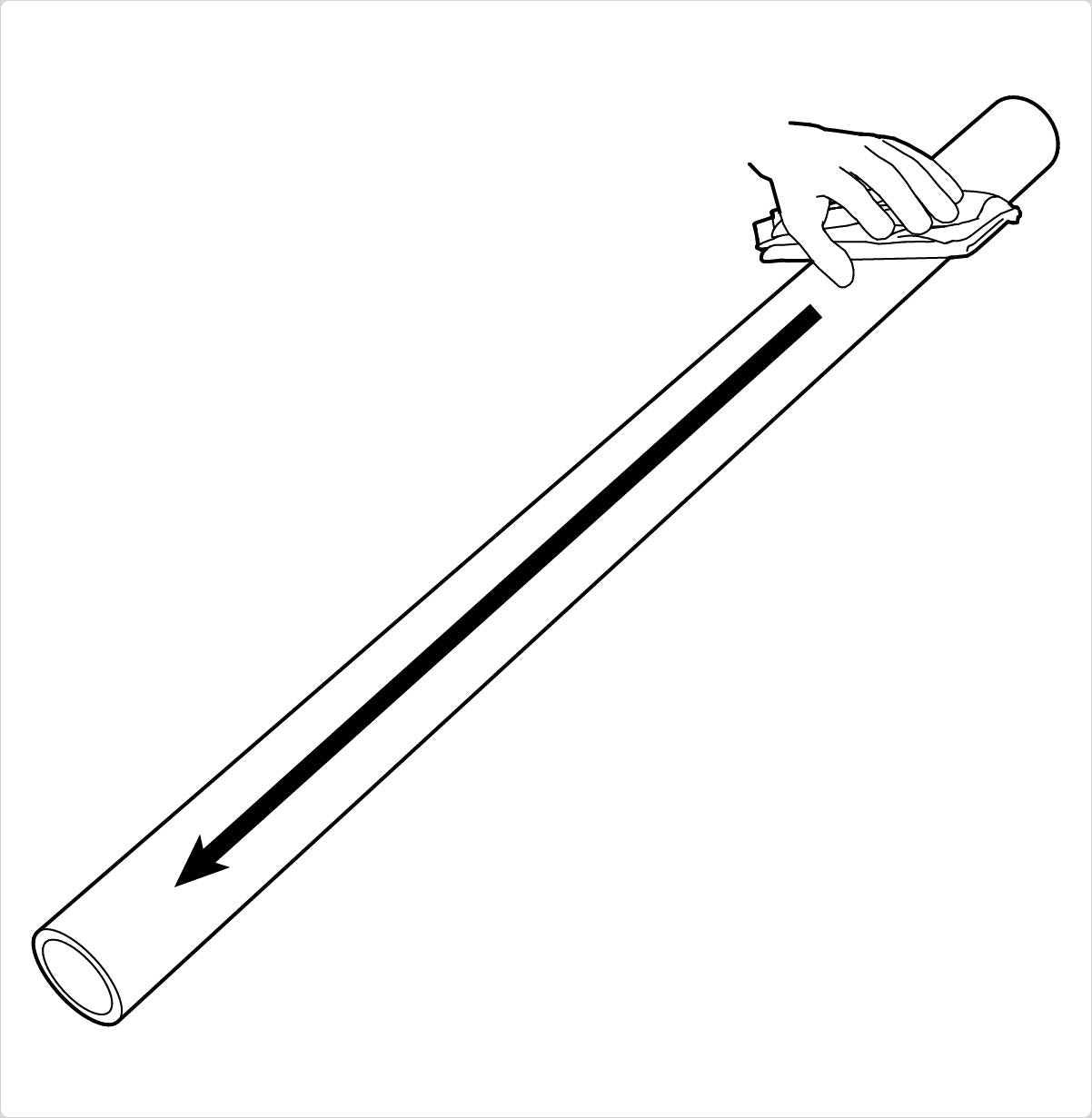





Polishing PVC to Remove Scratches
For finer scratches, you can use more complex compounds such as Novus™ or 3M™ products; however, toothpaste or a paste made from baking soda and water will remove most scratch marks.
⚠️ CAUTION: Do not over-polish PVC pipe. If you use a too-abrasive product or polish it with too many passes, it will remove the glossy surface.
Polishing PVC Pipe Steps
Apply Toothpaste or Compound
To remove scratches or marks on surfaces, you can apply toothpaste or create a simple paste by mixing baking soda with water. Using your finger, gently apply the paste to the affected area and buff it in a circular motion.

Rub Compound into the Pipe
Rub the area on the pipe or fitting where toothpaste or compound was applied with a damp cloth, using a circular motion and applying pressure. Check periodically to see if the blemish has been removed.
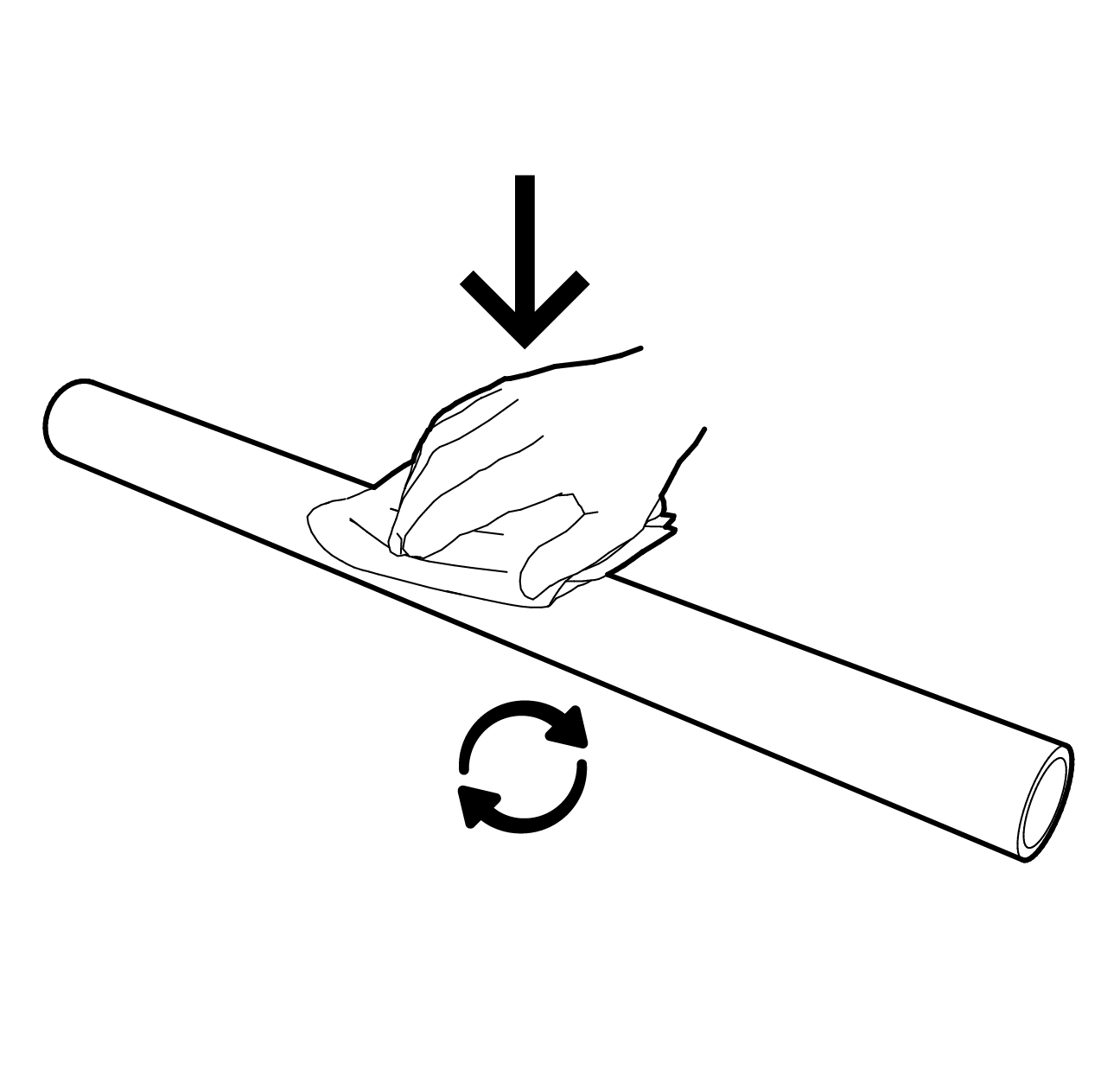
Wipe Away the Compound
After applying toothpaste or compound to a PVC surface, wipe it off using a separate wet cloth until it's clean. Let the PVC sit for a few moments. If there's a cloudy film left on the surface, rinse the cloth and wipe it again until there's no residue left.

Check for Scratches
Check the marks or scratches under a light source. If marks or scratches remain, repeat the process or use a more complex scratch removal compound.
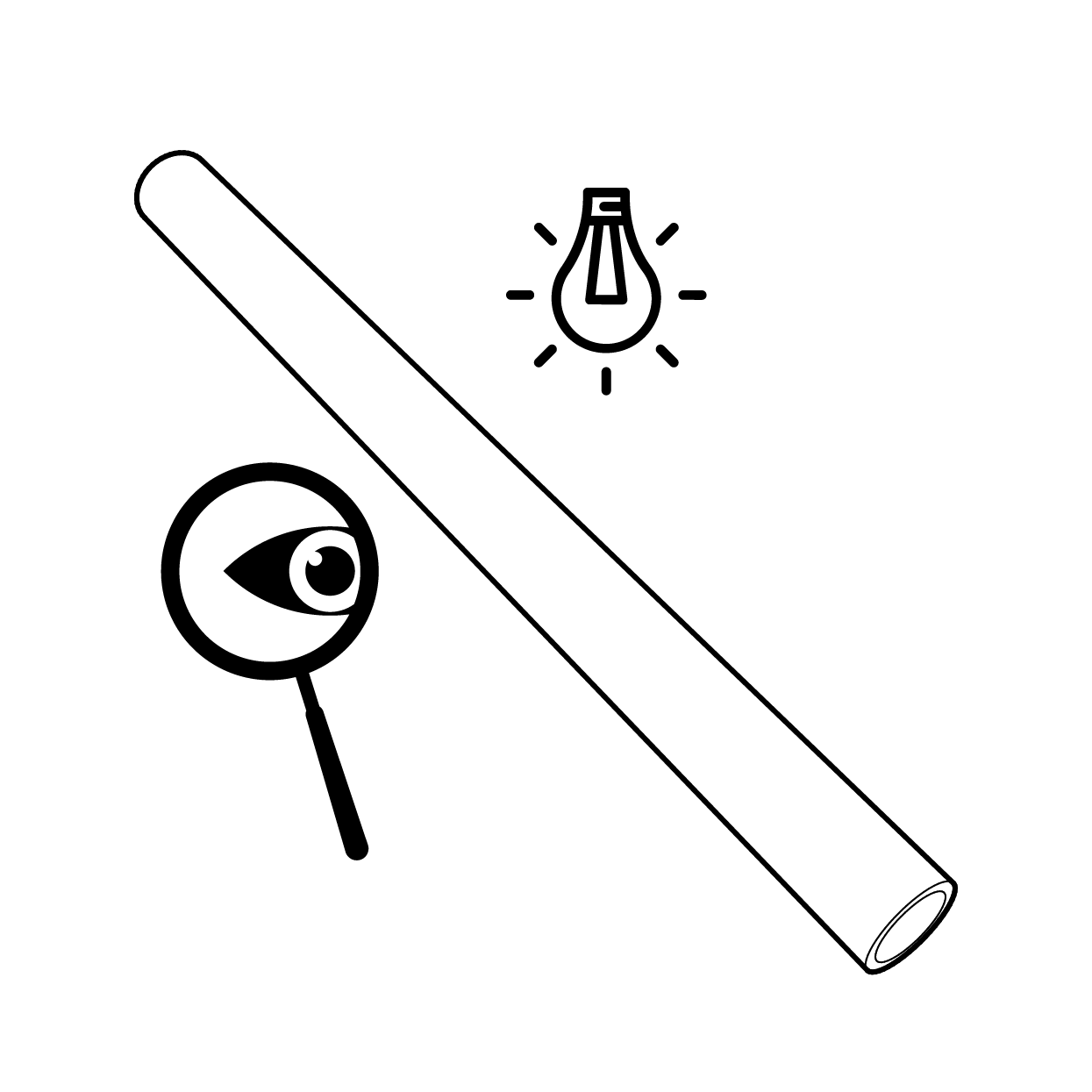




Removing Stickers or Labels from PVC
You can remove stickers, labels, or tape from PVC pipe and fittings using off-the-shelf products, such as Goo-Gone™ or Goof Off™ label remover, without harming the PVC.
Sticker or Label Removal Steps
Peel Away Label
Peeling most of the label or sticker off is best before applying adhesive removal products. Use a fingernail or plastic edge item, such as an old credit card, to remove as much as possible. This removal will allow the solvent to reach the adhesive more easily.

Soak the Label
Apply the adhesive removal product to the label, sticker, or tape with a cloth, making sure the label is entirely saturated and covering the label/sticker. Then, allow it to work for two (2) minutes to be fully effective.

Scrape Away the Bulk
Use a fingernail or plastic scraper to gently scrape away the remaining portion or the label. For tape, you can try peeling it off using your fingernail or an old credit card.

Wipe Down the Pipe
Using a soft cloth, wipe away any adhesive residue. If needed, repeat Step 2 to remove any remaining adhesive. You can repeat this process as many times as necessary until the label, sticker, and all remnants are completely removed.





FORMUFIT Support
Contact Us
If you want to contact us with questions or suggestions, please reach out to us via our Contact Us page. We'll be glad to help with any questions related to cleaning PVC pipe and fittings that you might have.. We've got a lot more guides where this one came from, which are available in our FORMUFIT Guides section.
